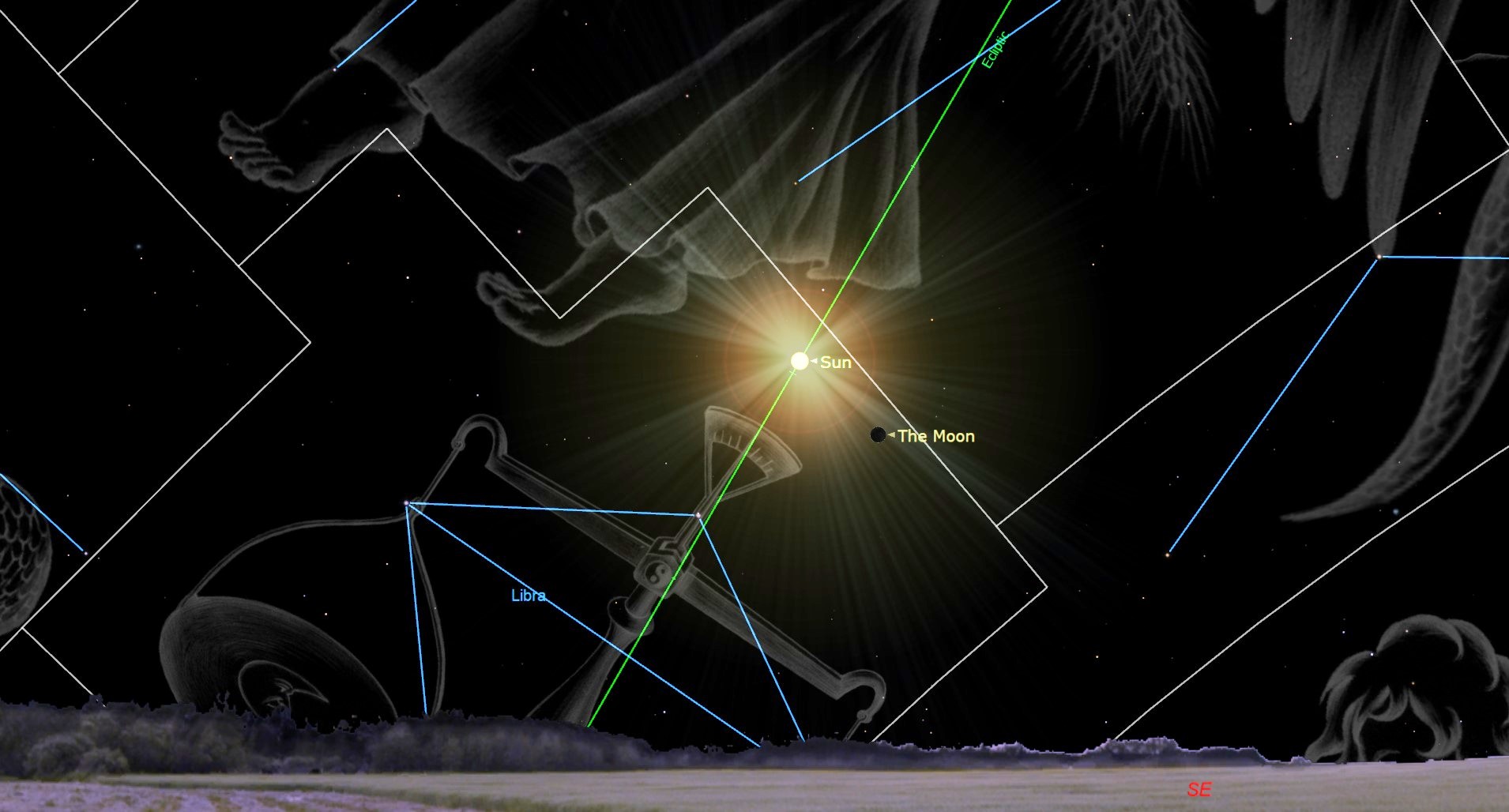
The new moon occurs on Nov. 1, at 8:47 a.m. Eastern Time (1247 GMT). Three days later the moon will make a close pass to Mercury in the evening sky.
A new moon happens when the moon is between the sun and Earth; technically it is at the same celestial longitude as the sun. Celestial longitude is a projection of the Earth's longitude lines on the sky; when two bodies share the same longitude that is called a conjunction. The hour of lunar phases depends on one's time zone because the phase changes according to the moon's place in its orbit rather than an observer's location on Earth.
New moons are called such because in many lunar calendar systems, such as the Islamic or Hebrew calendars, months were reckoned with the new moon at the beginning. In Islamic calendars the month begins when the first, thin crescent moon, called a hillal, can be seen in the evening. The Hebrew calendar used a similar system until sometime in between the 8th and 10th century CE when Jewish scholars adopted a mathematically-based method for determining when the months began.
New moons are invisible unless they pass directly in front of the sun, making a partial or total solar eclipse. New moons don't create eclipses every month because the moon's orbit is slightly inclined compared to Earth's, so the three bodies aren't always perfectly lined up.
The last perfect, eclipse-creating alignment was on Oct. 2 during an annular solar eclipse, and the eclipse was visible in the southern Pacific Ocean and South America. The next one will be a partial solar eclipse on March 29, 2026.
Visible planets
On the night of Nov. 1, the sun sets in New York at 5:51 p.m. local time, according to the U.S. Naval Observatory. The sky gets markedly darker by about 6:20 p.m., when the sun gets to six degrees below the horizon; this is the start of nautical twilight, and it is often when streetlights come on (this can vary depending on your local town or city's policy).
At that point one can see Venus in the southwest, about 12 degrees above the horizon – one way to see a planet's altitude is to use a hand: hold a closed fist at arm's length and the width of the fist is about 10 degrees. If one does this with Venus one will see it about two finger-widths above the fist. Venus is the third-brightest object in the sky and will likely be the first "star" visible to the eye in the evening. Venus sets in New York at 7:47 p.m.
On Nov. 4 the moon, now three days old, will pass near Venus; sunset that day is at 4:48 p.m. Eastern Standard Time (Daylight Savings ends on Nov. 3). By about 5:15 p.m. one should see the thin crescent moon almost directly below Venus in the sky; the pair sets at 6:49 p.m. according to In-the-Sky.org.
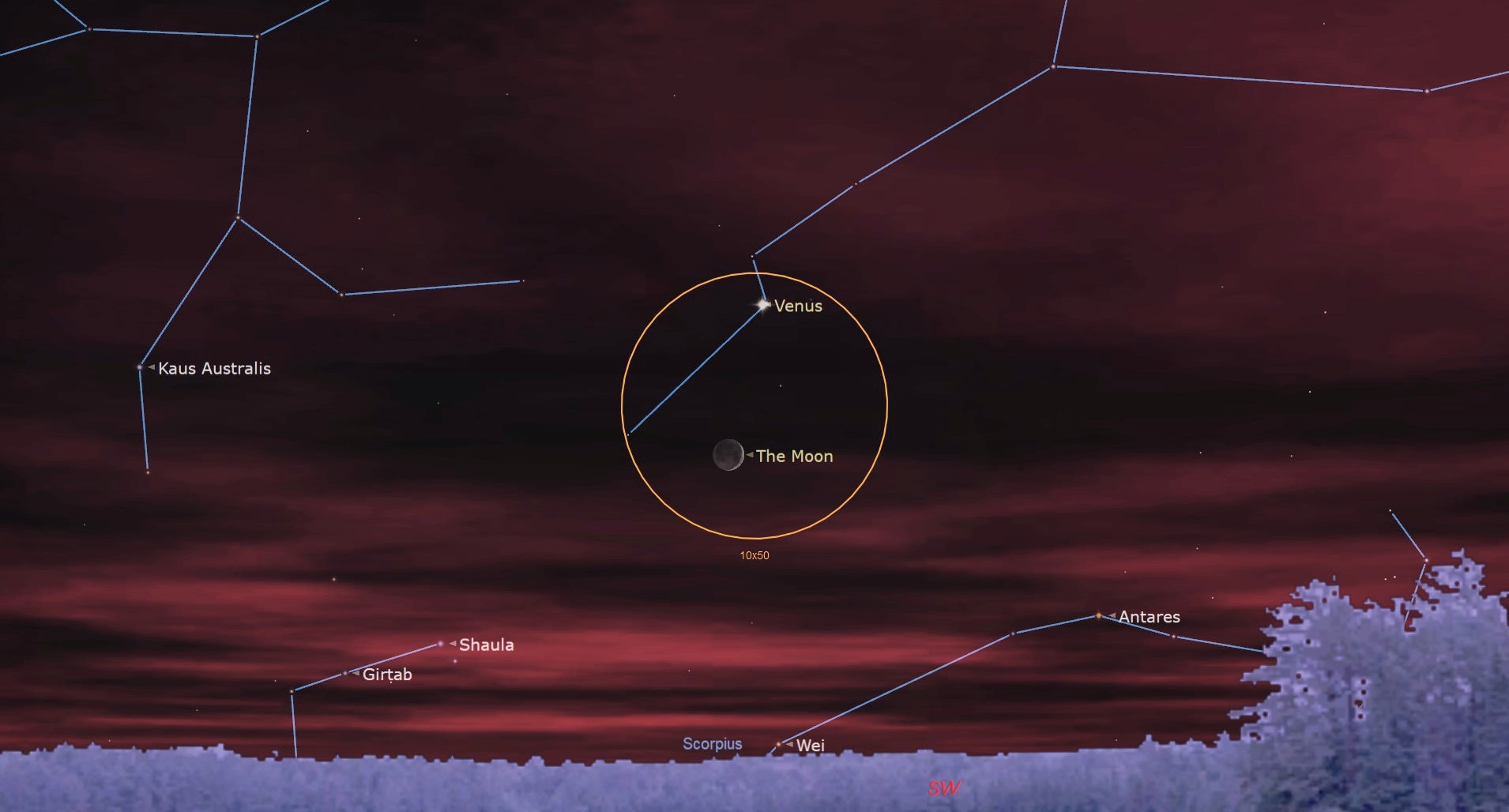
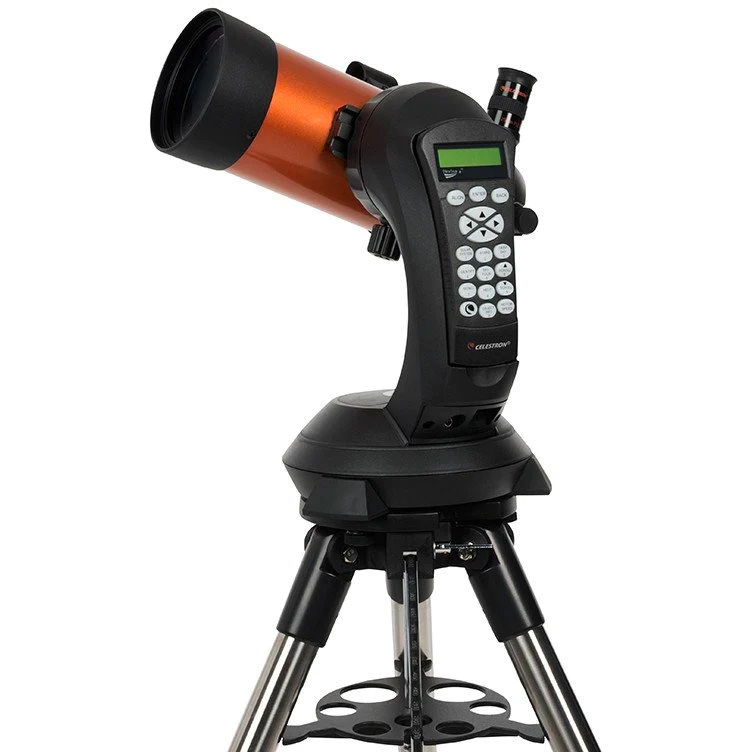
Want to see planets up close in the night sky? The Celestron NexStar 4SE is ideal for beginners wanting quality, reliable and quick views of celestial objects. For a more in-depth look at our Celestron NexStar 4SE review.
On the night of the new moon, Saturn is the second visible planet to appear; it will be in the southeast; by 6:30 p.m. on Nov. 1 it will be about 28 degrees high at the latitude of New York City. (The planet will appear at roughly the same altitude after sunset in Boulder, Colorado, Chicago or Madrid, Spain. or Beijing). Saturn sets at 2:40 a.m. on Nov. 2; the planet reaches its highest point – called a transit-- at 9:09 p.m. Nov. 1, and gets to an altitude of 41 degrees, high enough to be easily spotted. Saturn's rings can be seen even in a modest telescope or with heavier-duty binoculars – though at lower magnifications it will appear as more of an oval rather than show actual rings.
Jupiter is next to rise at about 8:01 p.m. in New York. The planet will be in the constellation Taurus, the Bull, and as it rises one will see Aldebaran, Taurus' brightest star, to the right and slightly higher. Aldebaran will be distinctly orange-hued in contrast with the white-yellow look of Jupiter, and by about 10 p.m. both will be high enough to easily see about 20 degrees above the eastern horizon. Jupiter transits at 3:26 a.m. Eastern and will be quite high in the sky, a full 72 degrees above the southern horizon.
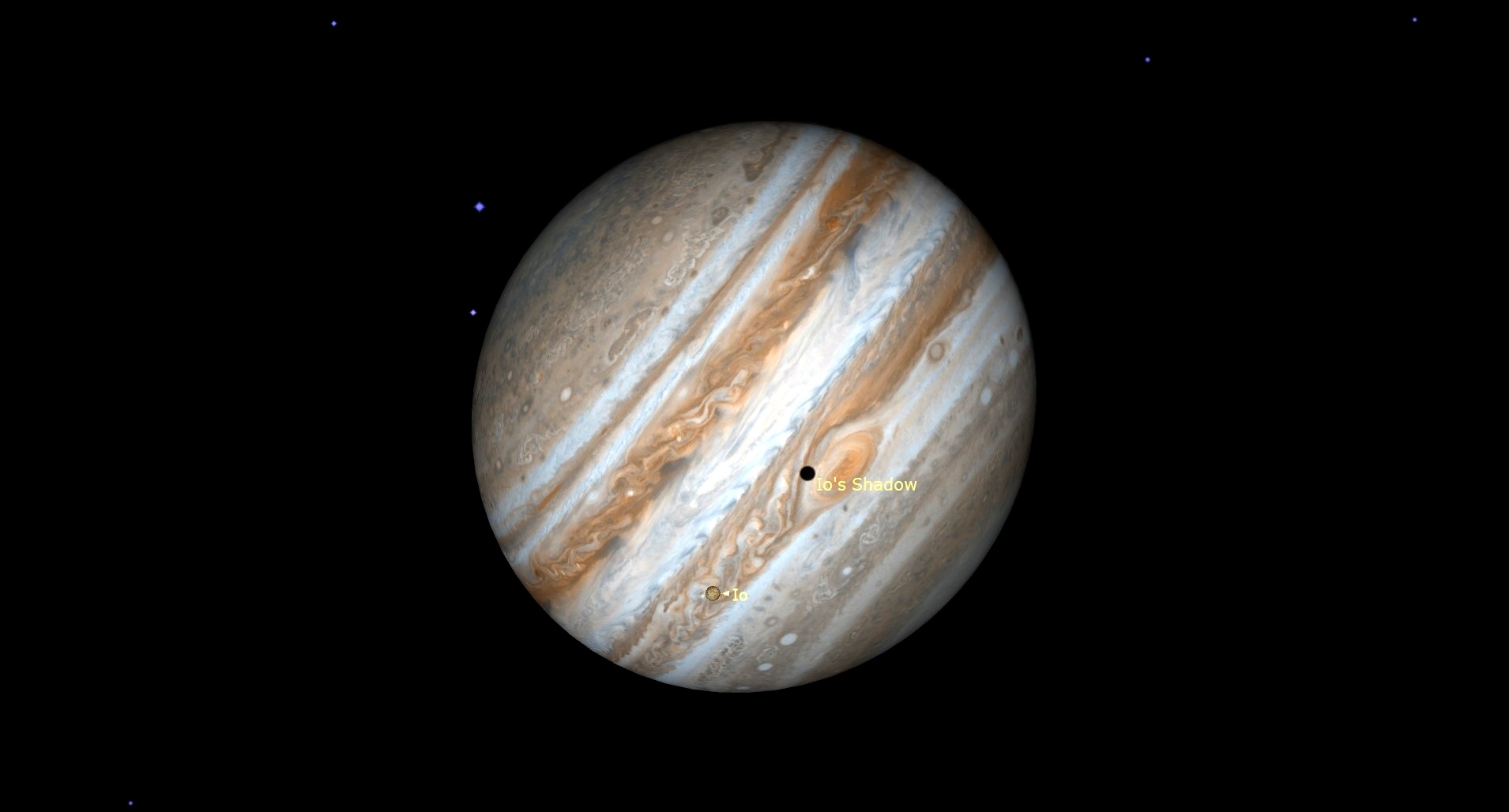
Mars comes next, at 10:52 p.m. Mars is in the constellation Cancer, which is made up of fainter stars so the planet will stand out because of its relative brightness and its reddish color. By 1 a.m. on Nov. 2 one will see it making a rough vertical line with Mars at the bottom and the two bright stars of Gemini, the Twins, above it; closest is Pollux, with Castor above that. Mars transits at 6:14 a.m. Nov. 2 and will be 70 degrees high just before the sky starts to get light.
Southern Hemisphere sky watchers will see the sun set later as November is approaching the summer months there. In Cape Town, for example, sunset is at 7:14 p.m. local time on Nov. 1. Venus will be much higher in the western sky than it is in mid-northern latitudes; a half hour after sunset the planet is still 29 degrees above the horizon; Venus sets at 10:23 p.m. local time.
One planet that southern hemisphere observers will be able to see more easily is Mercury; in New York the innermost planet will be so close to the horizon at sunset that it is lost in the solar glare. But at middle southern latitudes, it is about 17 degrees above the western horizon at sunset. From Cape Town one will still be able to catch it a half hour after sunset, at about 11 degrees above the western horizon. Mercury will be hard to pick out against the sky, which will still be somewhat light, but with an unobstructed horizon and clear weather one should be able to manage it before it sets at 8:49 p.m. local time. Mercury will be below and to the left of Venus.
Saturn will be high in the northeast; a full 61 degrees above the horizon at 8 p.m. in mid-southern latitudes. In Cape Town Saturn transits at 9:01 p.m. and will be 64 degrees above the northern horizon. Saturn sets at 3:26 a.m. Nov. 2.
Jupiter gets above the horizon at 10:19 p.m. and as it gets higher one will see it form a triangle with Aldebaran and Betelgeuse, the shoulder of an upside-down Orion. Aldebaran will be above and to the left of Jupiter while Betelgeuse will be above and to the right (and slightly lower than Aldebaran). Both stars will be distinguishable from Jupiter by their color; like Aldebaran Betelgeuse is distinctly reddish. Jupiter transits at 3:18 a.m. and will reach an altitude of 33 degrees above the northern horizon.
Mars rises at 1:05 a.m. in Cape Town (and similar times in cities such as Melbourne, Santiago, Chile or Sydney). The planet still forms a line with Castor and Pollux, but this time Mars is the topmost star and the line runs from Mars to the left, with Pollux in the middle and Castor towards the bottom. The line of stars is also more horizontal, appearing to point towards the north.
Stars and constellations
November is when the winter constellations of the Northern Hemisphere become more prominent in the late evening hours. Orion, Taurus and Gemini, to name three, are visible most of the night. By 9:00 p.m. in mid-northern latitudes in the northeast one can see Capella, the brightest star in Auriga the Charioteer, getting higher each day. South of Auriga (to the right of it earlier in the night) is Taurus, the bull, and from a dark sky location one can see the Pleiades, or Seven Sisters above Aldebaran.
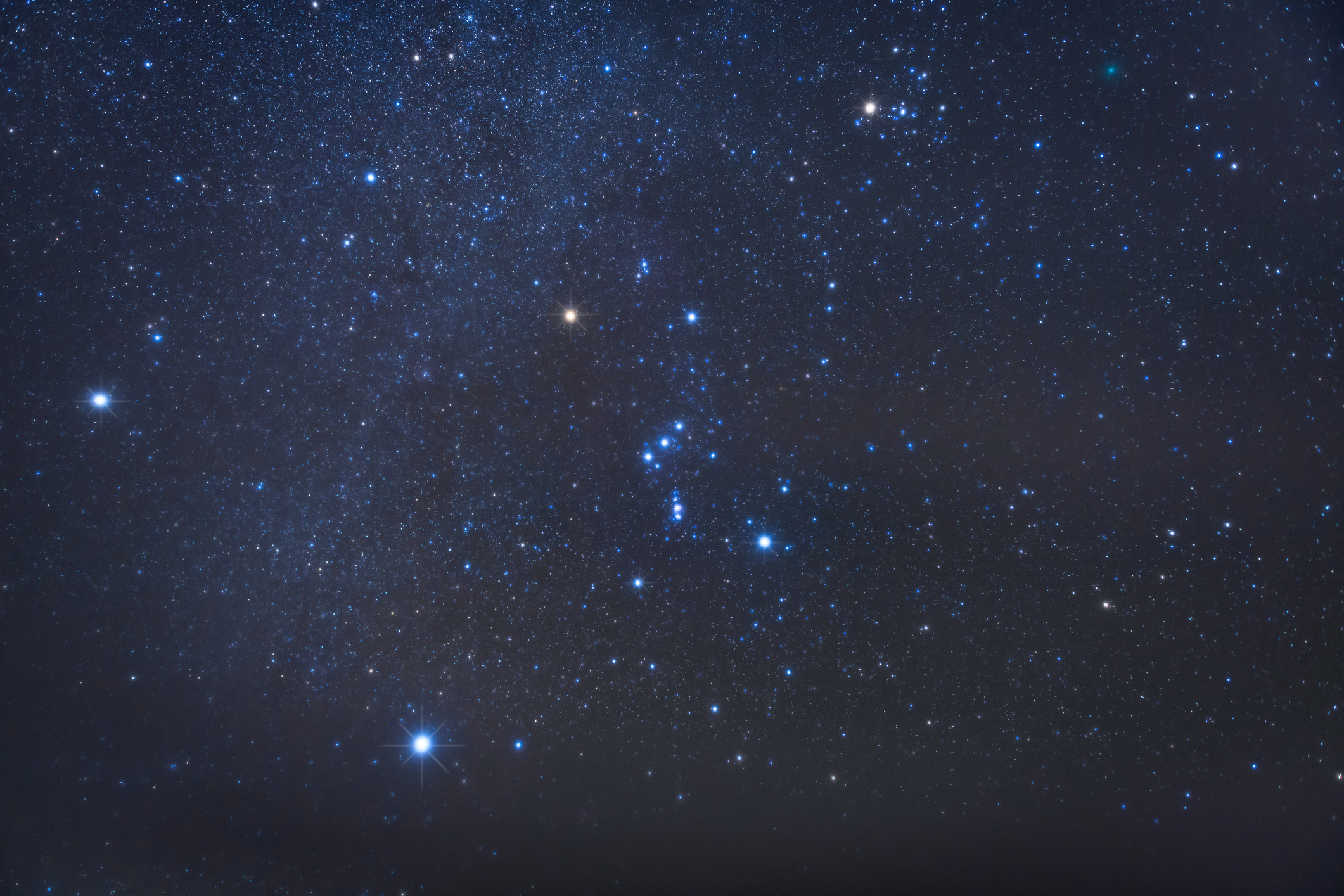
Looking straight up from Auriga is Perseus, the legendary hero. By about 11 p.m. Orion's is above the horizon and one can see the three stars of Orion's Belt. From East to west they are called Alnilam, Alnitak, and Mintaka (when they are close to the horizon the line of stars appears almost vertical, with Alnilam at the bottom). On either side of Orion's Belt is Betelgeuse, marking his right shoulder, and Rigel, which is his left foot (when Orion is closer to the horizon and "lying down" this means Betelgeuse will be on the left side of the Belt stars and Rigel on the right).
At midnight Gemini has risen fully above the eastern horizon, and at about 1:30 a.m. Canis Major, the Big Dog, has fully risen. Canis Major contains the brightest star in the sky, Sirius. To the left of Sirius and Orion is another bright star, Procyon, which is the alpha star of Canis Minor, the Little Dog.
In the Southern Hemisphere, the sky is fully dark by 8:30 p.m. on Nov. 1. In the west-southwest below and to the left of Venus one will see Antares, the heart of Scorpius. Turning further south (to the left) one will see Rigil Kentaurus, also known as Alpha Centauri, about 17 degrees above the horizon.
Looking southeast, close to the horizon, only about 12 degrees high, is Canopus, in the constellation Carina, the Ship's Keel. If one goes almost straight towards the zenith from there, about halfway up the sky (approximately 51 degrees) one sees Achernar, the bright star at the end of Eridanus, the River. Going still higher, to an altitude of 83 degrees, one encounters Fomalhaut, the alpha star of the Southern Fish, which will be to the right of Saturn.
By about 11 p.m. as Canopus gets higher and Jupiter rises, one can see Canis Major low in the east, and to the left (towards the north) one will encounter Orion, but in the Southern Hemisphere Rigel rises first, with Betelgeuse closer to the horizon as the constellation is "upside down."
From just next to Rigel one can start tracing Eridanus the River, which winds across the southern skies towards the zenith, ending at Achernar.







